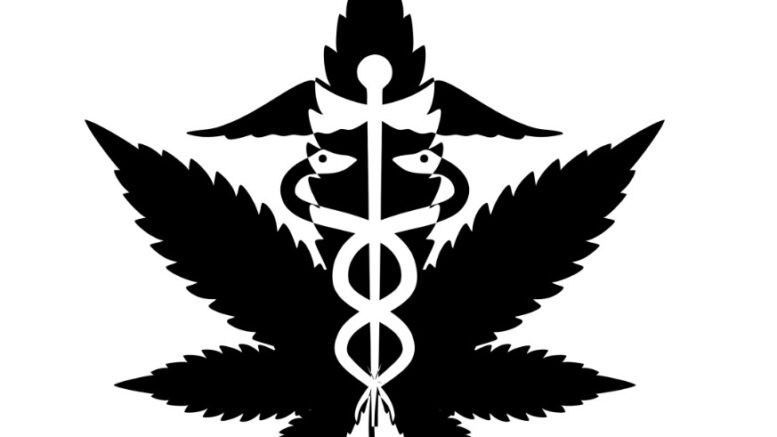The interest in and medicinal potential of CBD have made it the most talked about and widely used natural substance in the past few decades. The compound is a kind of cannabinoids, which are compounds present in the cannabis plant. The endocannabinoid system in the human body communicates with these substances.
As rules for the CBD industry’s quality and safety are developed and put into place, synthetic CBD is becoming an attractive option.
Bio-identical synthetic CBD is thought to be chemically indistinguishable from CBD found in the cannabis Sativa plant. The National Institute on Drug Abuse in the United States revealed that the molecular structure of synthetic CBD was identical to that of CBD derived from natural sources.
How is Synthetic CBD Made?
Synthetic CBD is not derived from the cannabis plant but is manufactured from base materials utilizing chemical processes.
In other industries, fermentation is a well-established method used to produce foods, drinks, fuels, and various chemicals.
In order to achieve this, scientists insert genes from cannabis plants into yeast or bacteria, causing them to only manufacture the desired cannabinoid molecule.
Synthesizing CBD is not the first time botanical medication has been done. Aspirin is a chemical derived from the bark and leaves of the willow tree, which has been used for ages to alleviate pain and reduce fever.
Many years after salicin was initially isolated from the plant, in 1853, chemist Charles Frédéric Gerhardt chemically synthesized what would later be marketed as Aspirin by Bayer.
Chemically synthesized CBD is stable, soluble, and consistent because it is made in API facilities that have been approved by regulators, just like other pharmaceutical medications.
Paradigm Shift: What’s in Store for the Future
The cannabis Sativa plant is remarkable because it contains a wide variety of compounds whose interactions with one another we are just beginning to comprehend.
We have only recently emerged from what can only be defined as a dark age for the cannabis plant, during which time the great benefits of the plant were not studied or used because of the bad social and legal climate in which they existed.
Commercial cannabis cultivation is more of an agricultural than a scientific endeavor. Extremely subtle changes in growing conditions can profoundly impact crop quality, purity, and cannabinoid yield.
Separating CBD from the plant’s other cannabinoids and terpenes is also necessary. Although this method is effective in many cases, it is not foolproof, and certain cannabinoid isolates may still contain traces of hemp or cannabis, including THC. This is a major reason why CBD products containing trace amounts of THC are legal in many states.
These problems can be avoided by extracting CBD from non-cannabis sources, which improves CBD’s purity, consistency, and yields for use in a wider range of consumer and medical settings.
It is the only current option for getting around the World Anti-Doping Agency’s ban on all cannabinoids save CBD in any quantity and the European Union’s stringent regulations on cosmetics ingredients (which do not accept an original material that is prohibited in any member state).
